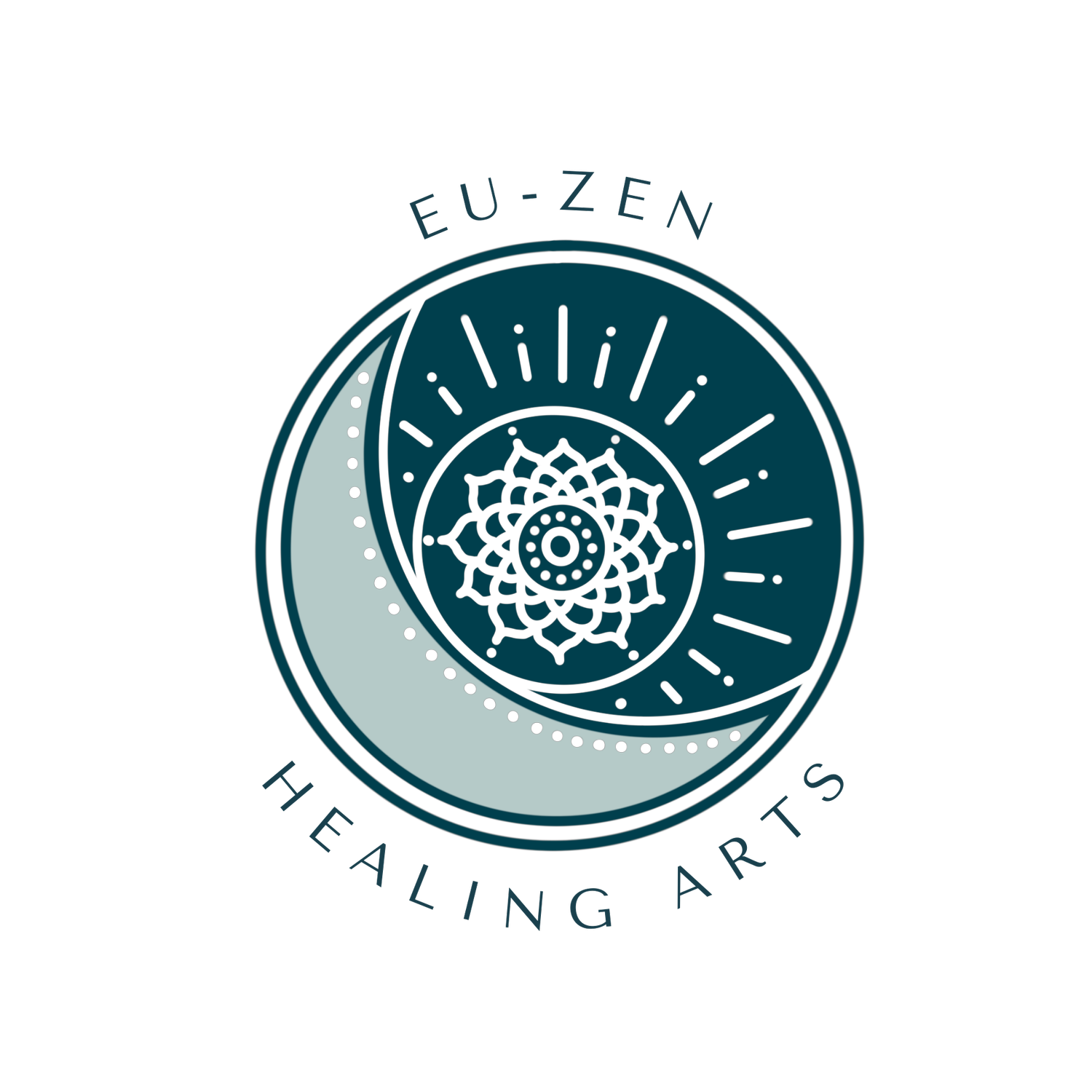

Sound Therapy
Sound Therapy is a growing field of alternative medicine that has been around for thousands of years. Music has been used throughout history to create positive effects on our mood and as a form of therapy to lift the emotions and to heal the body, mind, and spirit.
Sound Healing is the use of specific instruments, music, tones, or other sonic vibrations to balance and heal the body, mind, emotions and spirit. It involves using specialized sound frequencies to provide a therapeutic treatment to promote deep rest, nervous system rebalancing, and emotional release.
Sound Therapy or sound-based relaxation techniques are popular for helping people reduce stress, anxiety, and to fall asleep. Sound Therapy uses specific frequencies of sound waves to affect the brain and nervous system. When applied correctly, sound heals the body and promotes wellness.

What Should you Expect During a Sound Therapy session?
A Sound Therapy treatment is performed using music and other sounds that you listen to while lying down or comfortably seated. Focusing on these soothing vibrations helps you relax and release stress, anxiety, and tension. During a sound therapy session, you may lie fully clothed on a comfortable treatment table. The Sound Therapy practitioner will use a combination of music, vibrational tones, singing bowls and tuning forks during the treatment. Tuning forks may be held near each ear or gently touching areas of focus on your body. When this occurs, typically only a gentle vibration is perceived.
Most people feel very relaxed and peaceful during a Sound Therapy session, and many fall asleep during the treatment.
Sound Therapy is complimentary and quite supportive to other healing therapies, such as Reiki. For this reason, Reiki and Sound Therapy can be combined within the same session for a greater benefit to you.

What are the Benefits of Sound Therapy?
Benefits of Sound Therapy can include improved sleep, reduction of chronic pain, reduced blood pressure, lowered cholesterol, and a decreased risk of heart disease. Sound Therapy heals on the mental and emotional levels. Sound Healing helps reduce stress, anxiety, and depression. It balances and clears the mind, and leads to a renewed sense of purpose, well-being, calm, and happiness.
Sound Therapy can induce deep relaxation. Soothing sounds and certain tones can cause the body to release endorphins, serotonin, dopamine and oxytocin. These hormones promote feelings of happiness and relaxation, while helping us escape from a stress induced fight-or-flight response. They also reduce blood pressure and heart rate, which promotes deep states of relaxation.
Sound Therapy can help us fall asleep and have a deeper, longer sleep. Soothing sounds and certain tones can induce deep relaxation and slow brain waves, much like a state of deep meditation.

More on Sound Therapy
-
There have been no ill effects reported from Sound Therapy due to its non-invasive nature. A common side effect is deep relaxation. The only risk is that you may fall asleep! There are no known contraindications. Even deaf people benefit from sound therapy because our skin cells feel the sound vibration and respond to it.
-
Sound therapy is a healing modality that can be traced back 40,000 years to when indigenous Australians used ancient didgeridoos for healing. From vocal chanting to instruments such as Tibetan singing bowls, shamanic drums, flutes and rattles, some form of sound healing can be found in every culture. Ancient Egyptians believed musical incantations could be an effective way to treat illness, prompting the creation of sound chambers in the pyramids. In the ancient Indian practice of nada yoga, yogis use sound vibrations to calm the mind and release stress.
The ancient Greek philosopher Pythagoras is known as the “father of music” as He discovered musical intervals and He was the first to prescribe music as medicine. He explored how harmonic frequencies could be used for healing, and applied these principles to everything from music, architecture, and government to family, friends and personal growth.
Heinrich Wilhelm Dove discovered the neurological effect of binaural beats in 1839. In 1896 American doctors discovered that music could improve blood flow and improve thought processes. British Osteopath Sir Peter Guy Manners developed a machine to produce therapeutic sound vibrations for healing cells in the body in the 1950s.
-
Poor mood and elevated anxiety are linked to increased incidence of disease. A 2016 study(1) published in the Journal of Evidence-Based Complementary & Alternative Medicine examined the effects of Tibetan singing bowl sound therapy, on blood pressure, mood, anxiety, and pain. The study found that singing bowl meditation helped lower blood pressure, improve breathing and circulation, alleviate aches and pains, and strengthen the immune system.
-
Research(2) published in the Journal of Religion, Spirituality and Psychosocial Well-Being found that singing bowl sound therapy improves spiritual well-being and reduces tension and depression.
-
Research(3) published in the Journal of Senses and Sciences found that sound therapy stimulates the capacity of the human body to heal itself. The research suggests that tuning forks - two-pronged steel devices that vibrate at a specific pitch when placed at certain points on the body - may help relieve muscle and bone pain.
-
A recent study(4) published in the Journal of Back and Musculoskeletal Rehabilitation found that sound therapy could be an effective treatment for chronic pain and injury recovery. relieving pain and improving functional ability in patients with chronic back pain.
-
Goldsby TL, Goldsby ME, McWalters M, Mills PJ. Effects of Singing Bowl Sound Meditation on Mood, Tension, and Well-being: An Observational Study. Journal of Evidence-Based Complementary & Alternative Medicine. 2017;22(3):401-406. doi:10.1177/2156587216668109
Goldsby TL, Goldsby ME, McWalters M, Mills PJ. Sound Healing: Mood, Emotional, and Spiritual Well-Being Interrelationships. Religions. 2022 Jan 27;13(2):123.
Masala D, Merolle V. The tuning fork and the "Sound therapy". Journal of Senses and Sciences. 2017; 4: 365-370. DOI: 10.14616/sands-2017-2-365370.
Lim E, Lim R, Suhaimi A, Chan BT, Wahab AKA. Treatment of chronic back pain using indirect vibroacoustic therapy: A pilot study. J Back Musculoskelet Rehabil. 2018; 31(6):1041-1047. doi: 10.3233/BMR-171042. PMID: 30149436.



